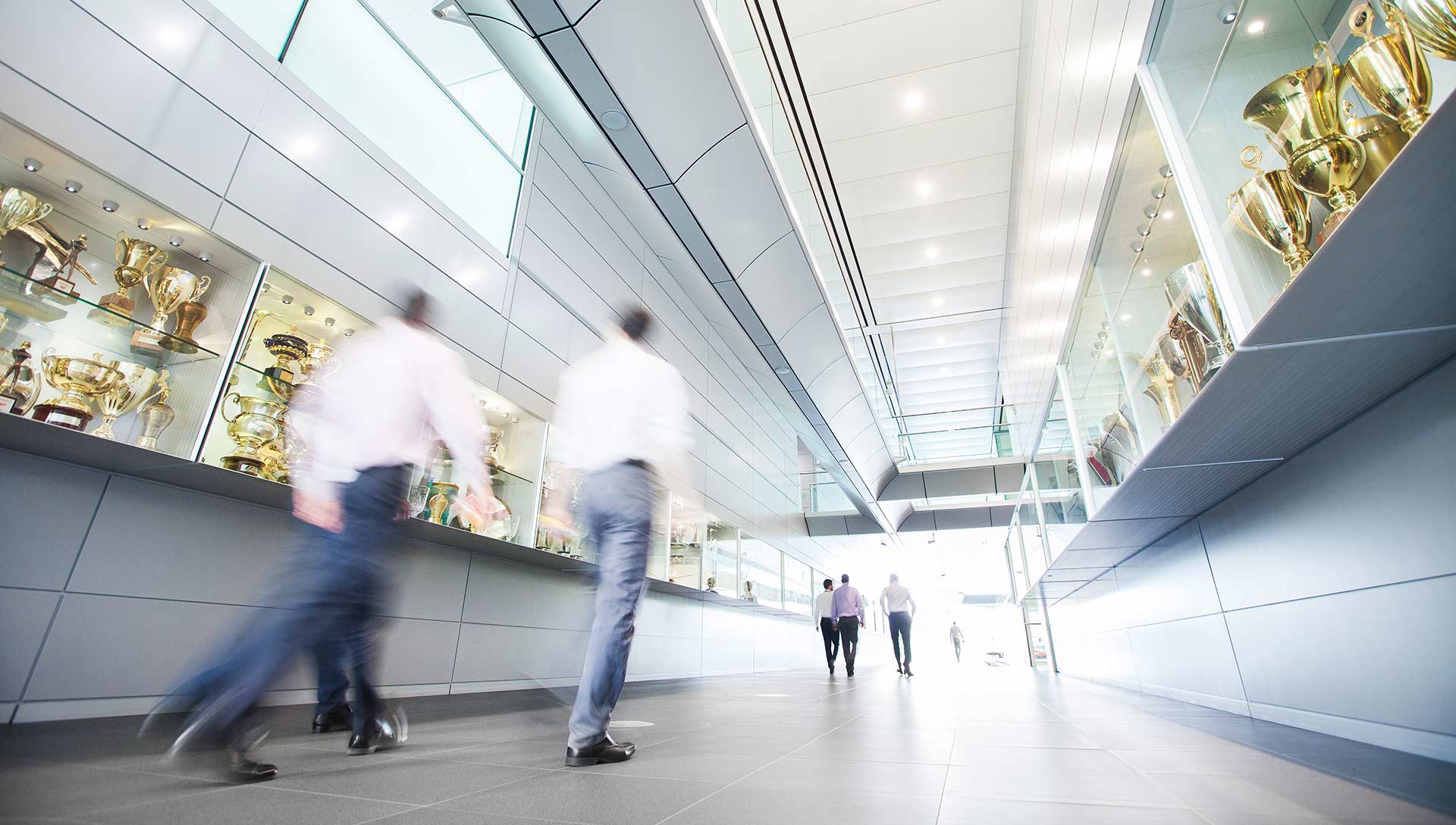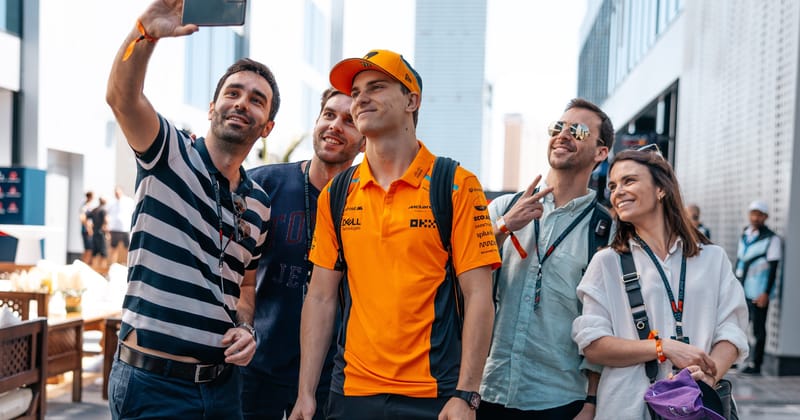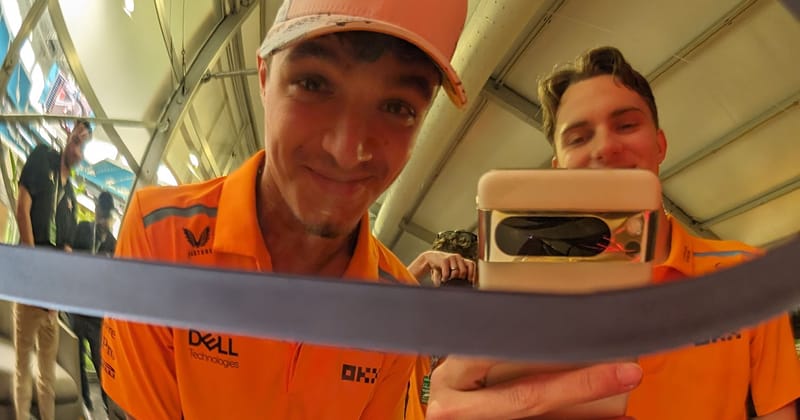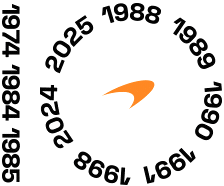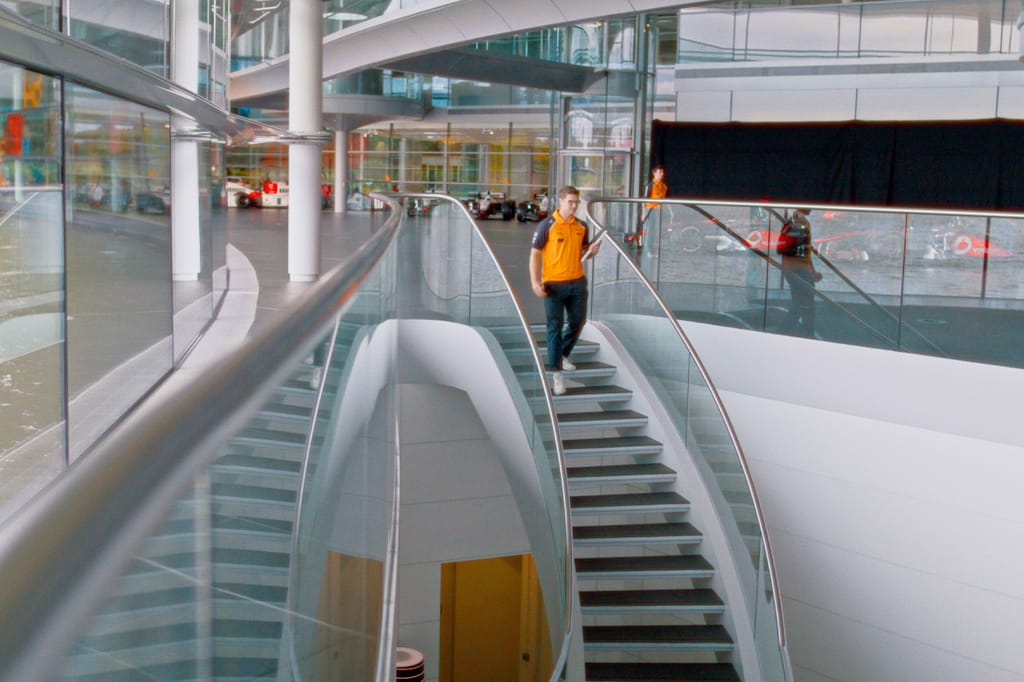
A day in the life of an F1 Data Scientist, with Jude Hunt – presented by Dell Technologies
Part II: With the assistance of Dell Technologies’ AI Factory, our analysts can interrogate more data than ever before

Read time: 10.5 minutes
Every so often, a team will come up with something game-changing: it gives them an edge for a few months, sometimes longer, and it dominates the conversation, but it’s never the catalyst for lasting success. That comes from evolution and repetition: not one extraordinary thing, but many thousands of things, done fractionally better than the competition.
Data plays a huge part in maximising these minor gains and keeping a team ahead of the competition, the mantra being that if you can measure it, you can improve it. It’s a model applied to everything: a minor gain in design efficiency, or slightly better use of a machining centre, but also a better fitness regime for the garage crew or a less arduous travel schedule. Everyone in the organisation practices this in one way or another, but for the data analysis group, it’s their core function.
Specialist Data Scientist Jude Hunt works at the bleeding edge of data analysis. Initially a physicist, his role at McLaren is to develop machine learning tools, using Dell’s AI Factory to turn the vast amount of data the team collects into usable insights… but only after he’s been to the McLaren Technology Centre juice bar to collect a flat white.
“It’s a long drive out of London in the morning,” he says. “I’ll log in, churn through email, then when the caffeine hits, I’ll crack on with some code. It doesn’t take long – it’s a good hit.”
In a four-part series with Dell Technologies, our official innovation partner, we’re exploring how different teams across the business use data on a typical working day, and how AI has revolutionised their roles. For this second piece, we spent the day with Jude at the McLaren Technology Centre.
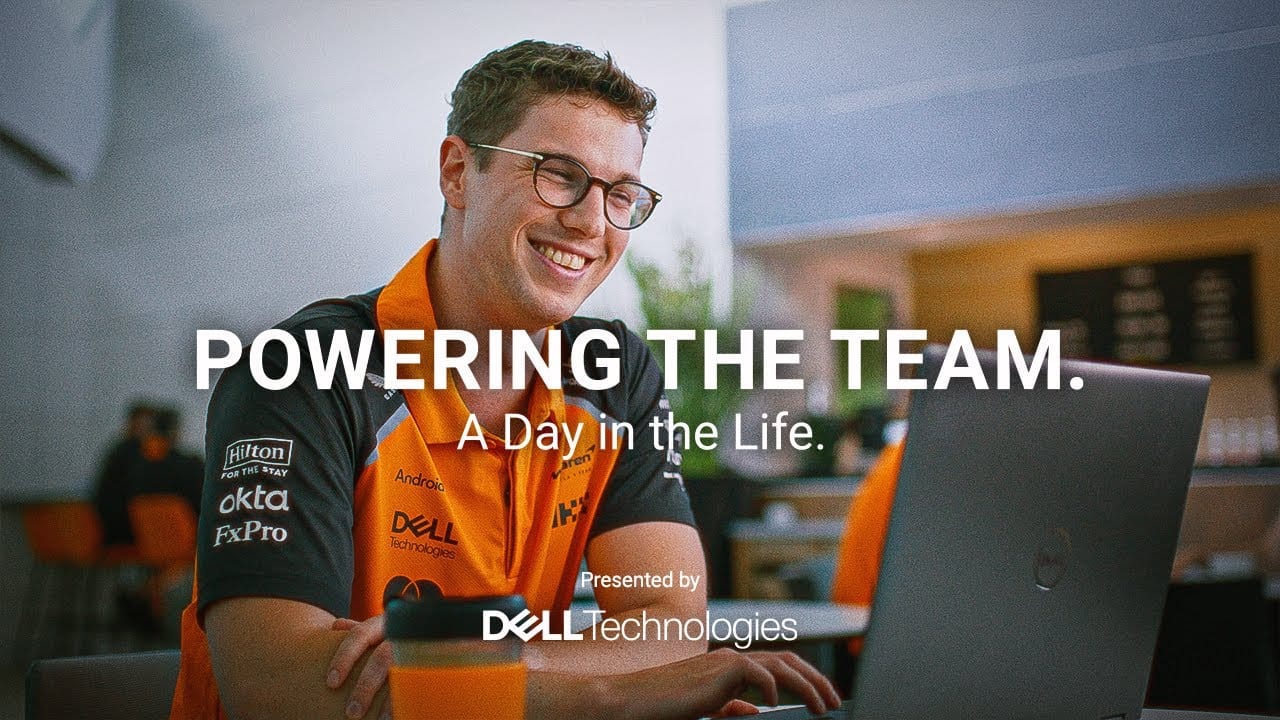
Marginal gains
Today, he’s studying pit stops. Every stop the team does over the weekend – in the race, live stops during track sessions, and dedicated pit-stop practice – is recorded by an array of cameras. There are multiple sensor channels as well: in the guns, and the gantry, within the suspension and the wheel hubs – but these are useful for seeing what happened, rather than why it happened. To do that, the team needs to understand the telemetry in the context of the video. It’s a job for a human, with the help of Dell Technologies’ AI Factory.
“Yeah, so this video is pretty interesting. It’s blink-and-you’ll-miss-it because pit-stops are fast, but the front right is a little slower coming off than the other three tyres and, of course, a stop is only as good as the slowest tyre,” says Jude, indicating a particular video. “If we can understand what made that happen in the first place, we can improve in the future, and hopefully make those pit stops that bit more reliable.
“Essentially, we’re trying to figure out how to identify aspects in these videos that maybe are a bit harder to see purely from telemetry. We're trying to see if there's any value that we can get out of these videos, which we don't currently get from other means.”
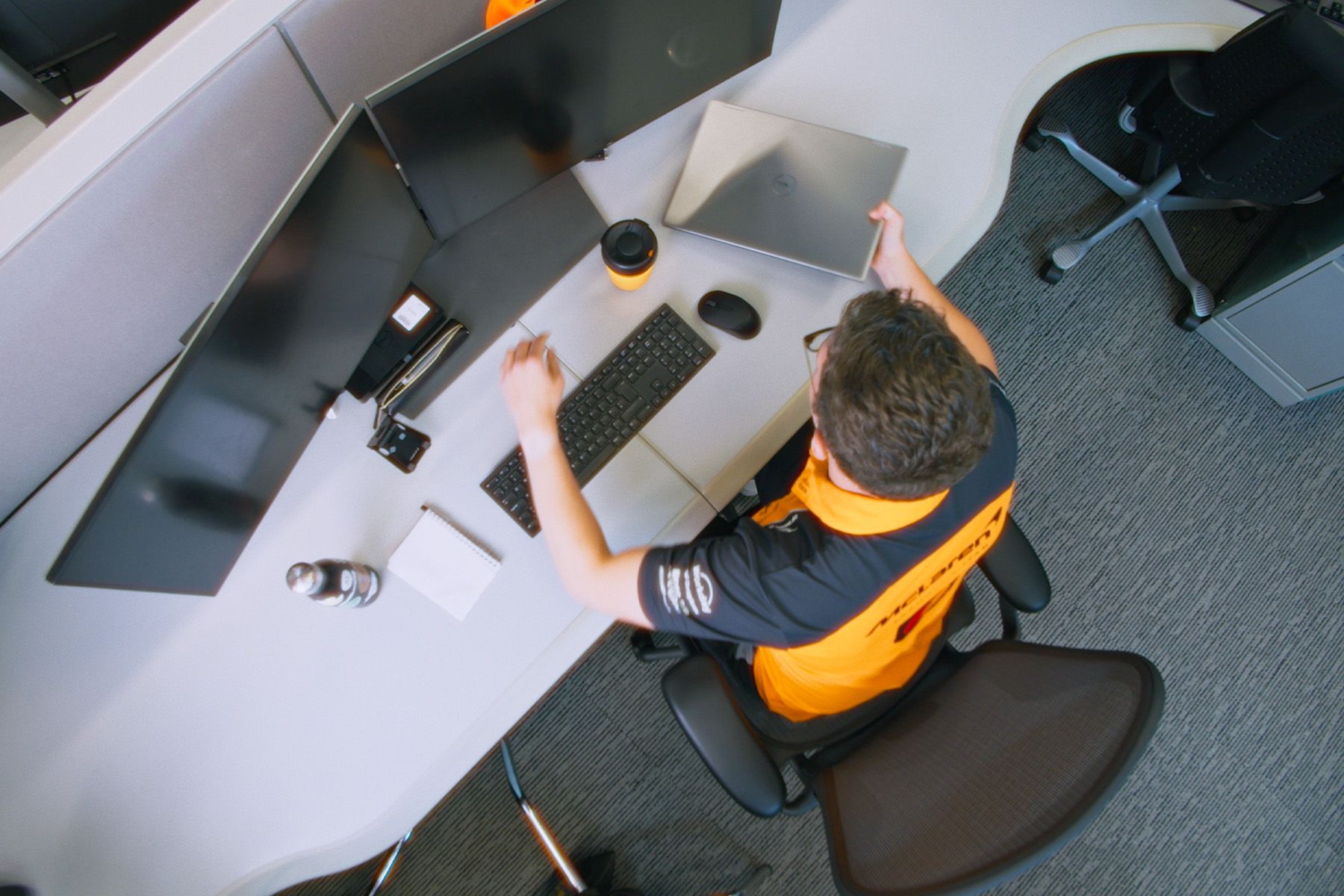
The power of Dell Technologies’ AI Factory
Jude’s morning involves working through the various videos, seeing what he can spot, and then beginning to play around with data sets, cleaning the data, and analysing it, with a view to building a model that can analyse telemetry and video.
“It’s interesting to look at the scale of data we’re working with. No human would be able to trawl through all of it – it’d take a person years to just get through a single race weekend. These AI models, on the other hand, can trawl through it in seconds. It enables our team to look through all the data we get from the car quicker than we’ve ever been able to do.
“AI adds a lot of automation and skips through a lot of the manual processes, which in turn frees up a lot of time for our engineers. Enabling them to work on the things they want to prioritise – things from which we’re going to get genuine performance added on track.”
It’s not enough to have the power of AI in our collective back pocket, the other half of the battle is being able to assemble the models quickly: you want to see results tomorrow, not six months down the line. This is where harnessing the power of Dell Technologies’ AI Factory comes into its own.

“We want to build on as many pit stops as possible,” says Jude. “Once we’ve got them, I can run these models live during a race weekend, or do some post-event analysis, and get the videos back to the crew, which will show things we wouldn’t have otherwise picked up on.
“They can get some coaching points from that, and see where they might do things differently in the future, or see where areas of opportunity exist.
“Dell's AI factory really gives us the hardware and the firepower so we can build these quickly. They have amazing GPUs, and we’ve got great Dell Technologies’ workstations that I will remotely connect to, which will give me that extra boost of power when I need it.
“It means we can train these models faster: given the amount of data we have available, if you're just training them on your laptop, you might be waiting a few days or even a few weeks for these models to finish training. With Dell Technologies’ AI factory, we can train these in hours, if not minutes. It gives us a competitive edge.
“We can experiment with more parameters when we're training these models and try out different ideas. The whole experimentation cycle just becomes that bit quicker. That means we can build more models than before, which are better and more accurate.”
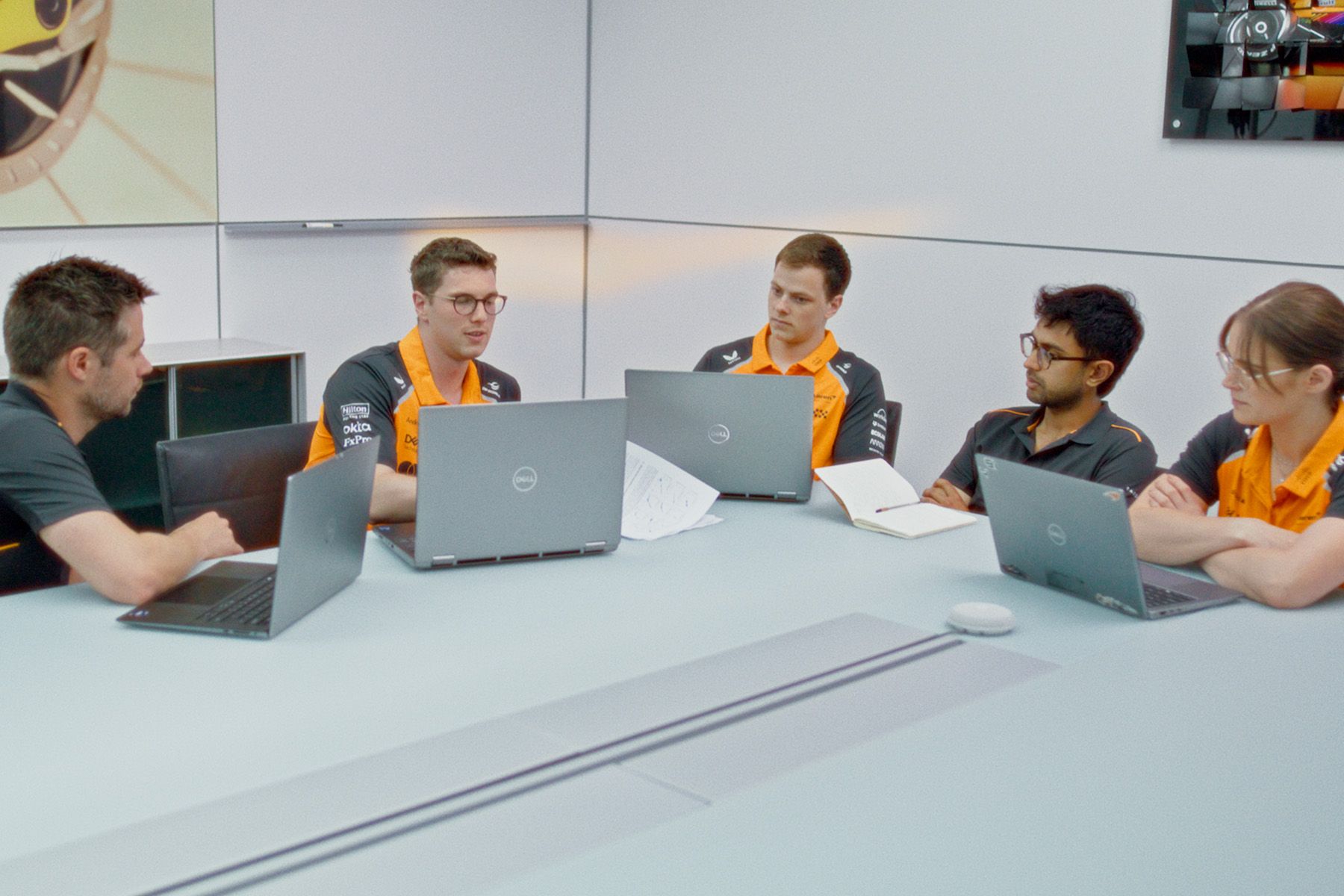
Wearing many hats
The Data Analysis group crosses many boundaries within the team. They’re never working on a singular project, but will be across a lot of different ideas, touching on many different departments.
”It’s not a one-trick pony,” says Jude. “So long as you’ve got the models and the expertise and – especially – the data, you can apply these AI models to a vast number of opportunities.
“With the help of the AI factory, we have a wide range of opportunities. We can make predictions on a ton of different things we couldn’t do before, which speeds up the entire iteration process. The team can do more experiments and test out different things we didn’t have the capacity to look at before.”
We’ve been using AI for a few years now, and while it may feel like a mature field, there are constant reminders that this is a technology still in its infancy. Therefore, a large part of the data analysis teams’ remit is to keep an eye out for new tech and methodology.
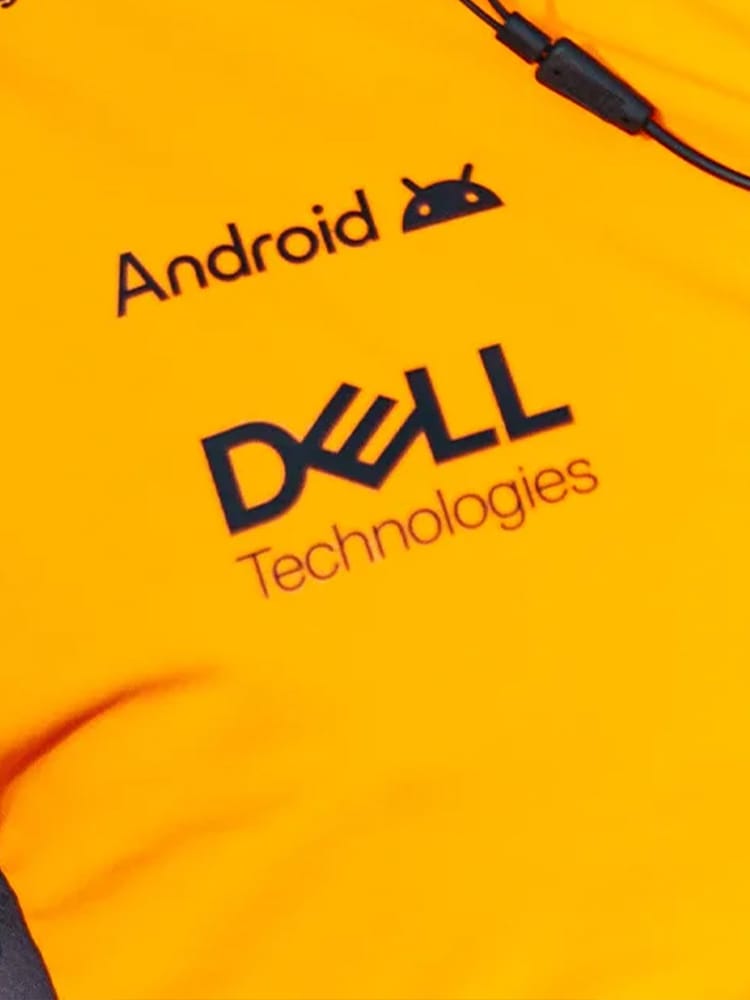
Dell Technologies Official innovation partner
Looking to the future
After lunch, Jude and the team decant to a conference room for a ‘paper club’ discussion, in which everyone gets to disseminate information from the most interesting machine learning scientific papers they’ve read recently.
“The data science team at McLaren try to keep on top of as much AI machine learning research as we can,” says Jude. “Every few weeks we get together, talk through papers and research that we’ve found, and discuss what’s going on in the wider AI community, what might be applied to our work. We bring stuff together and really stay on top of all this cutting-edge research that's always coming out.”
Jude has one final task before heading home. We tend to talk about the McLaren Technology Centre, but it feels like the McLaren Technology Campus. The environmentally award-winning landscaping and surrounding commons contain many paths, with the low-impact buildings soon lost from sight.
“When the weather is good, it’s nice to get outside for a run, so at the end of the day, I like to enjoy the sunshine and get some fresh air, and tear up some trails. It keeps the brain ticking over, and is a very nice way to end the day.”
This is another of those fine details that make the difference.
As Official Technology Partner of McLaren Formula 1 Team, Dell Technologies enables McLaren Racing’s Reliability Team to anticipate and solve problems before they. Find out more here.
Recent articles
All articles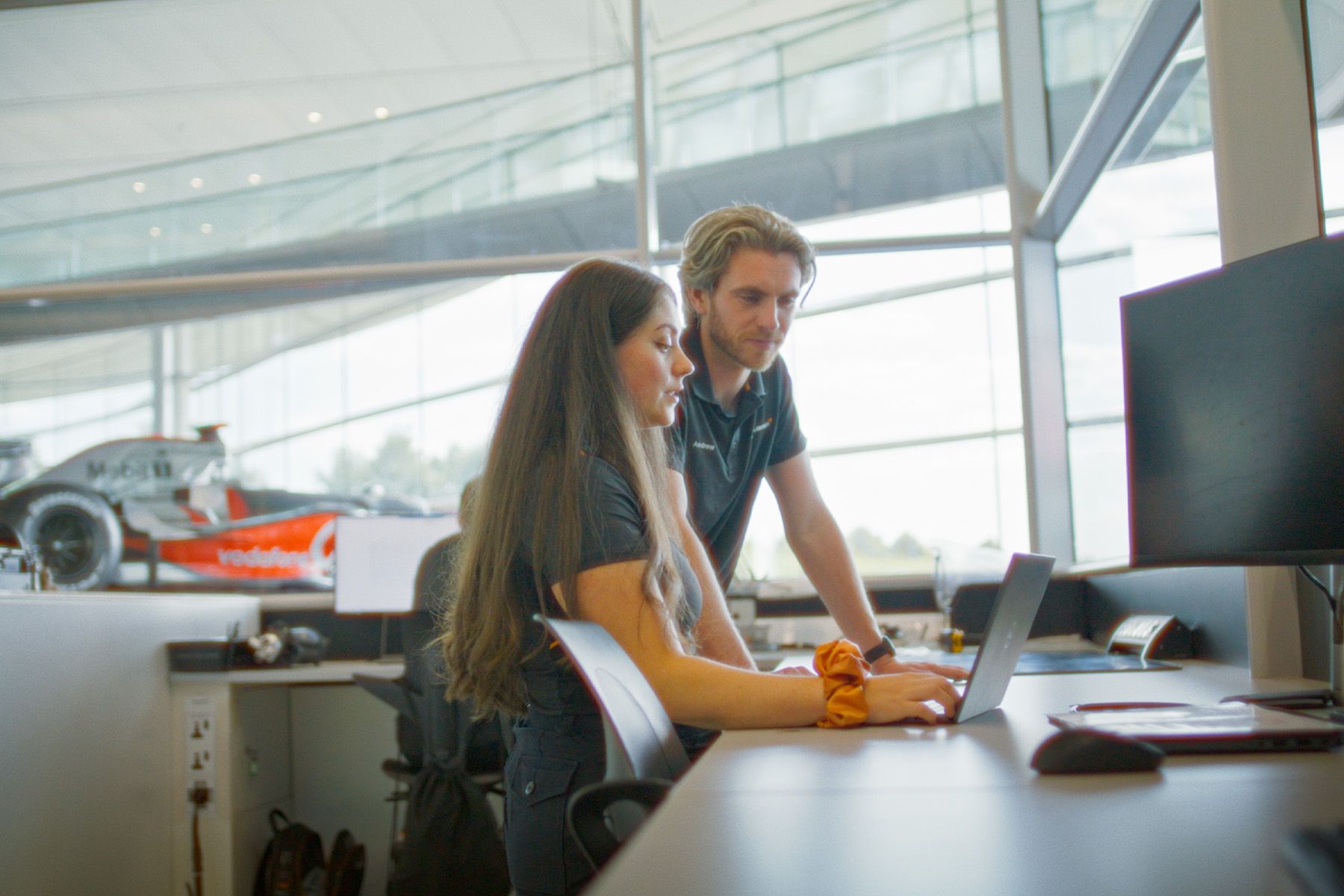
A day in the life of an F1 Trackside Reliability Engineer, with Abbie Robison – presented by Dell Technologies

Building and setting up an F1 car with Dell Technologies’ AI Factory
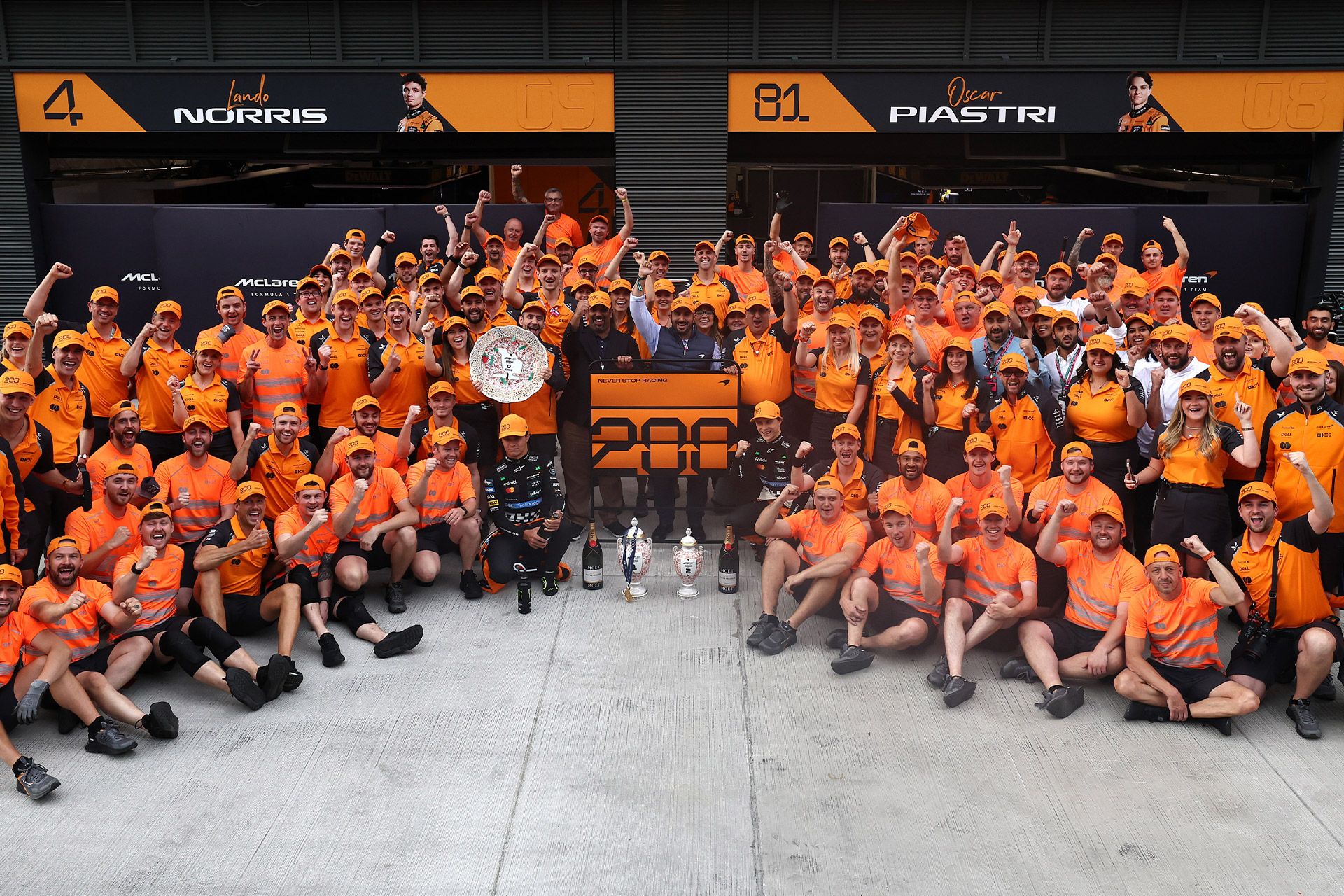
McLaren’s 10 defining Formula 1 victories

How AI is revolutionising F1 - Presented by Dell Technologies

Working proactively to overcome challenges with the Dell Technologies’ AI Factory
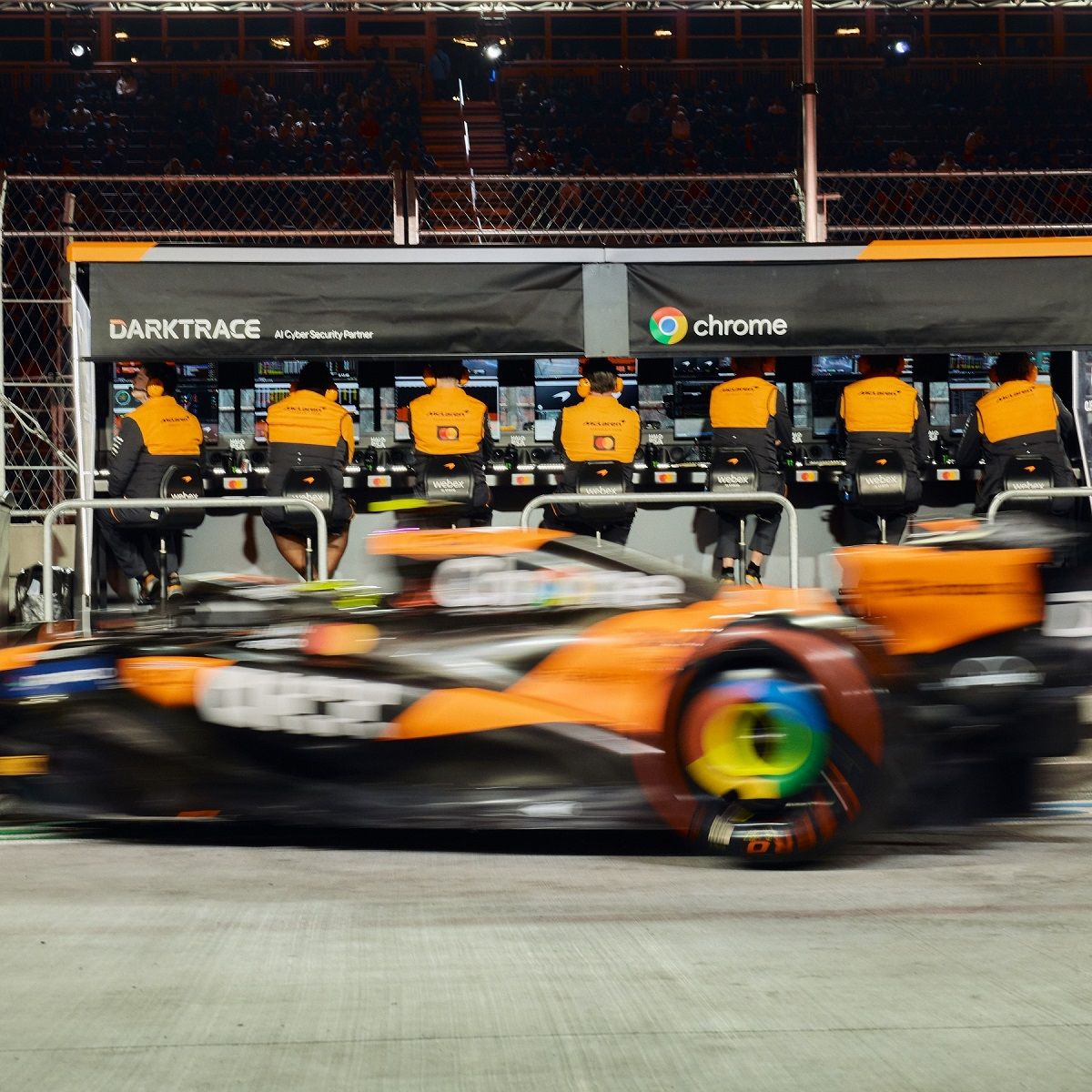
How we use Dell Technologies’ AI Factory in-session
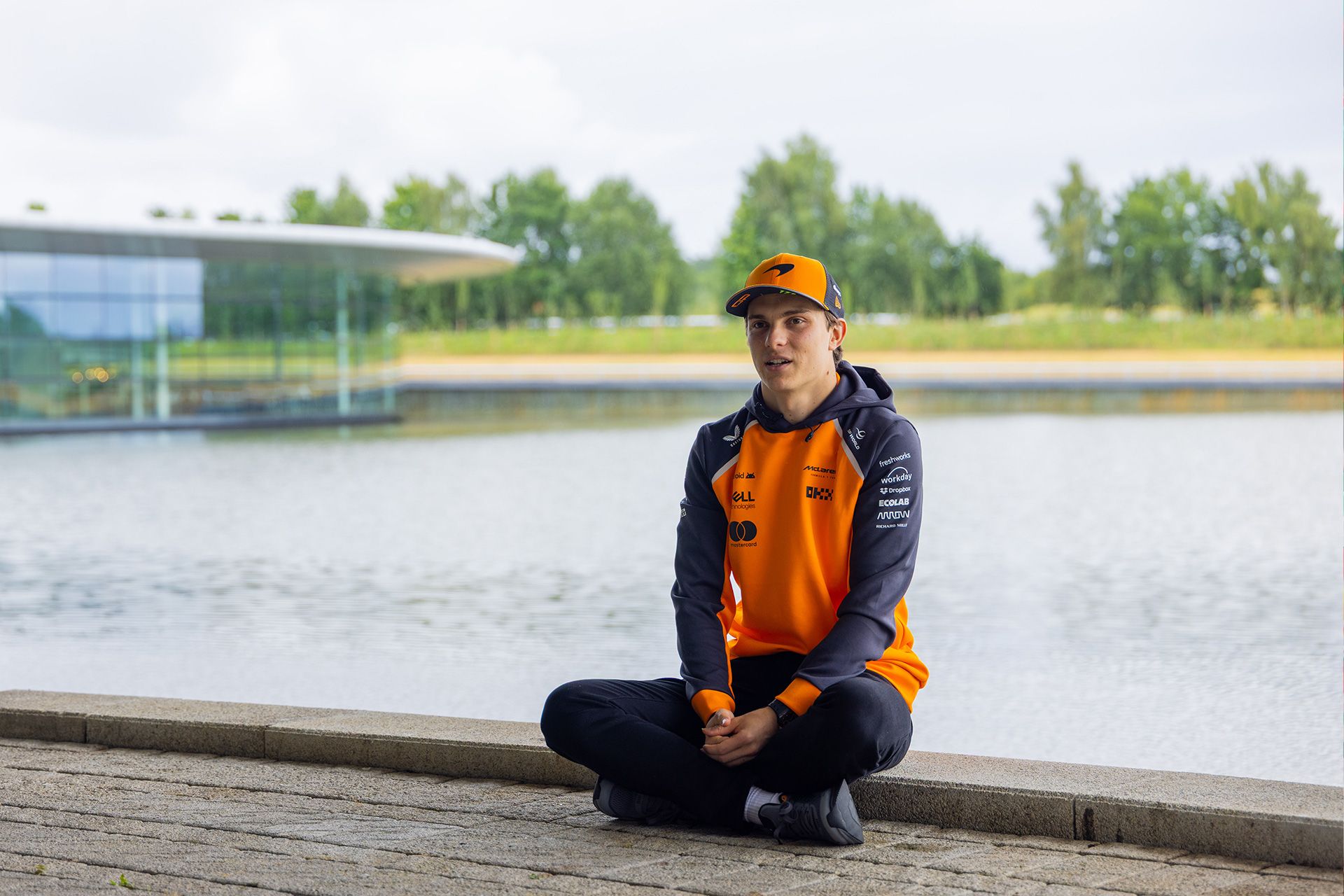
Reliving Oscar’s first Formula 1 victory in Hungary 2024



